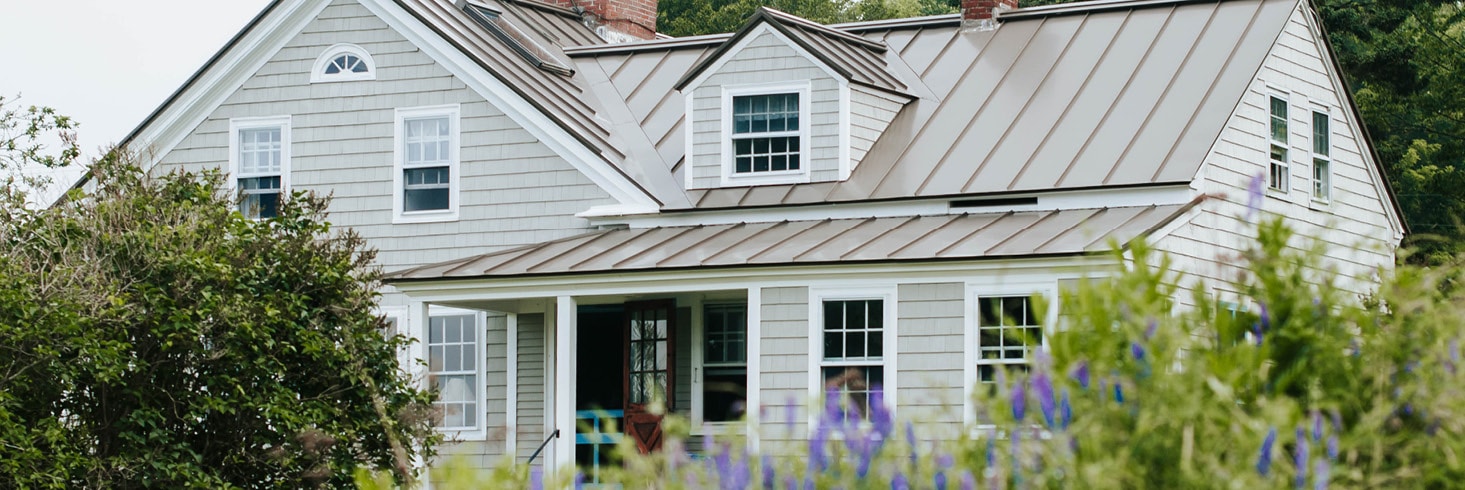
Difference Between Mortgage Insurance (PMI&MIP) & Home Insurance
For new homeowners navigating the home buying process, there are so many new terms that can be confusing. One of the most confusing things clients encounter are the different types of mortgage and home-related insurance – private mortgage insurance (PMI), mortgage insurance premium (MIP), mortgage protection insurance, and homeowners insurance. With similar monikers, no wonder these throw people through a loop. To understand the difference between mortgage insurance and home insurance, it’s helpful to know all the different types of insurance that you may come across in the home buying process. So, let’s break down what mortgage insurance is.
What Is Mortgage Insurance?
Regardless of the type, mortgage insurance protects the lender rather than the homeowner. The purpose of mortgage insurance is for lenders to mitigate risk when loaning money, and it is an added fee that the mortgage holder incurs. Because more risk is assumed by the lender on mortgages with less than 20% down, mortgage insurance is typically required for mortgages with down payments below 20%. Essentially, it protects lenders in case the mortgage holder defaults on their mortgage. mortgage insurance premium (MIP) and private mortgage insurance (PMI) are the two main types of mortgage insurance most homebuyers may encounter.
Private Mortgage Insurance
Private mortgage insurance is mortgage insurance for Conventional Mortgages and is usually required when homebuyers put less than 20% down. PMI is typically paid as an additional fee wrapped into your monthly mortgage payment; however, PMI can usually be paid in full for the year up front. Once the mortgage reaches 80% loan to value (LTV), PMI is no longer required, so it is not something you pay indefinitely. This can happen through years of paying down your mortgage balance, or as your home increases in value over time. So, if you have enough equity in your home based on market conditions or value-adding projects, you may be able to refinance your mortgage and eliminate PMI. Current market conditions are favorable for this type of refinance because homeowners have more equity in their homes than ever.
Mortgage Insurance Premium
Mortgage insurance premium (MIP) is mortgage insurance for loans backed by the Federal Housing Administration such as FHA and Rural Development (RD) loans. As a form of mortgage insurance, MIP protects the lender. Unlike PMI, it is required for all borrowers because the loan requirements for FHA Mortgages are less strict than Conventional Mortgages, so additional risk may be assumed by the lender. For example, some FHA Loans require 3.5% down and accept lower credit scores than conventional mortgages. Mortgage insurance premium requires an upfront payment that is typically included in the closing costs in addition to an annual payment that is tacked on to the monthly payment. MIP can only be eliminated by refinancing into a Conventional Mortgage, so this can be a good option for borrowers who have earned equity in their homes or have improved their credit score since getting their mortgage.
For VA loans, there is no monthly MIP, but there is a funding fee which is to be paid upfront. The amount depends on several factors.
What is Mortgage Protection Insurance?
Unlike PMI and MIP policies which are designed to protect the lender if you stop making mortgage payments, mortgage protection insurance directly benefits the mortgage-holder. This is completely optional, unlike mortgage insurance which may be required depending on your loan. Essentially, mortgage protection insurance protects family members and loved ones from having to pay an outstanding mortgage debt in case of an unforeseen or untimely death. In this case, the insurance company would pay the bank directly for the mortgage balance, not the mortgage holder’s beneficiary.
What’s the Difference Between Mortgage Insurance and Home Insurance?
The difference between mortgage insurance and home insurance is that home insurance protects the homeowner whereas mortgage insurance protects the lender. Homeowners’ insurance is required by mortgage lenders and is generally part of the mortgage process. Homeowners insurance protects homeowners from financial loss in the event of damage to their home, items in the home, or injury to others on the property. As with car insurance, there are individual plans, and you can choose the amount of coverage. This charge can usually either be paid up front for the year or included in your mortgage payment.
Having trouble with other mortgage terms in the homebuying process? Find our term glossary here.
Regardless of the type, mortgage insurance protects the lender rather than the homeowner.

